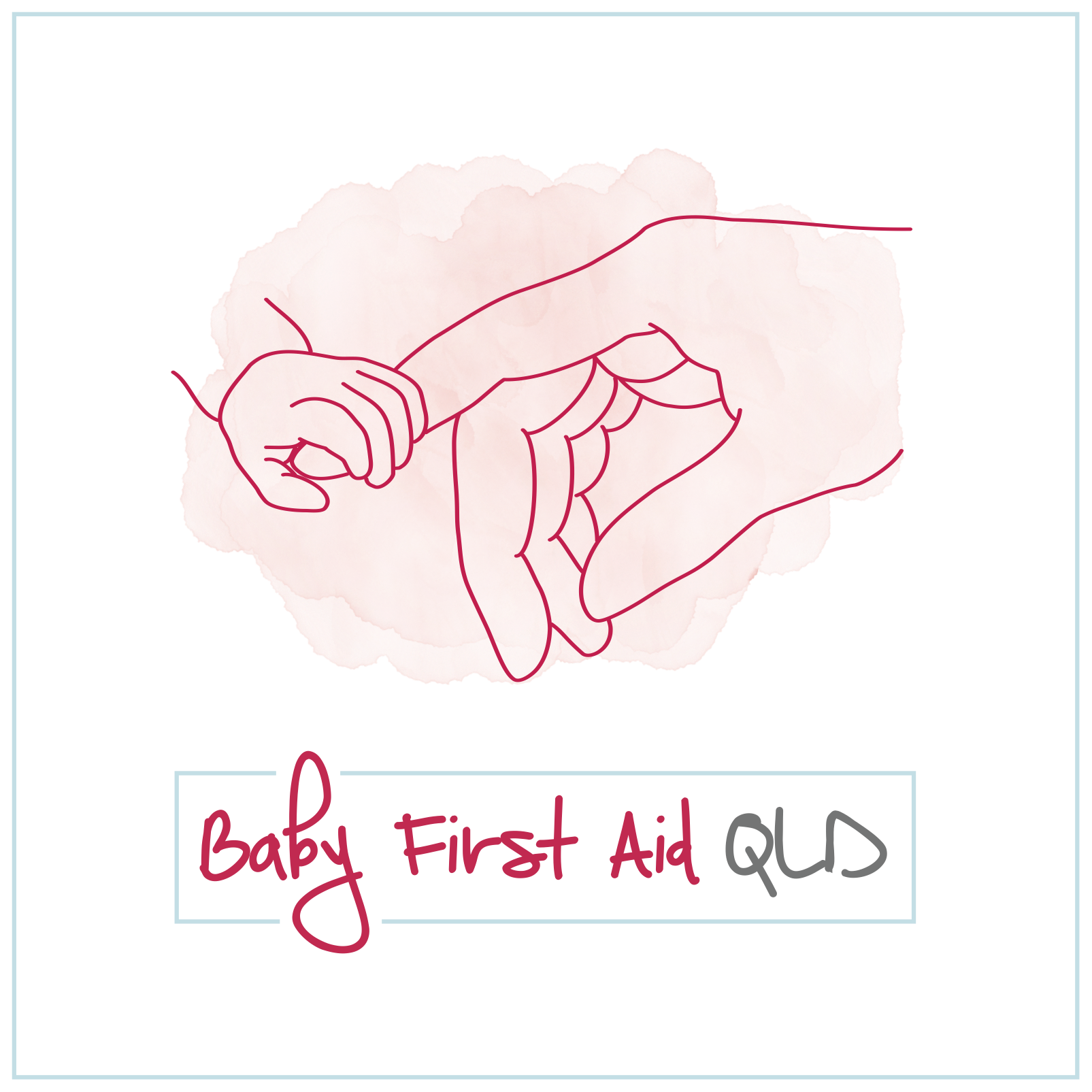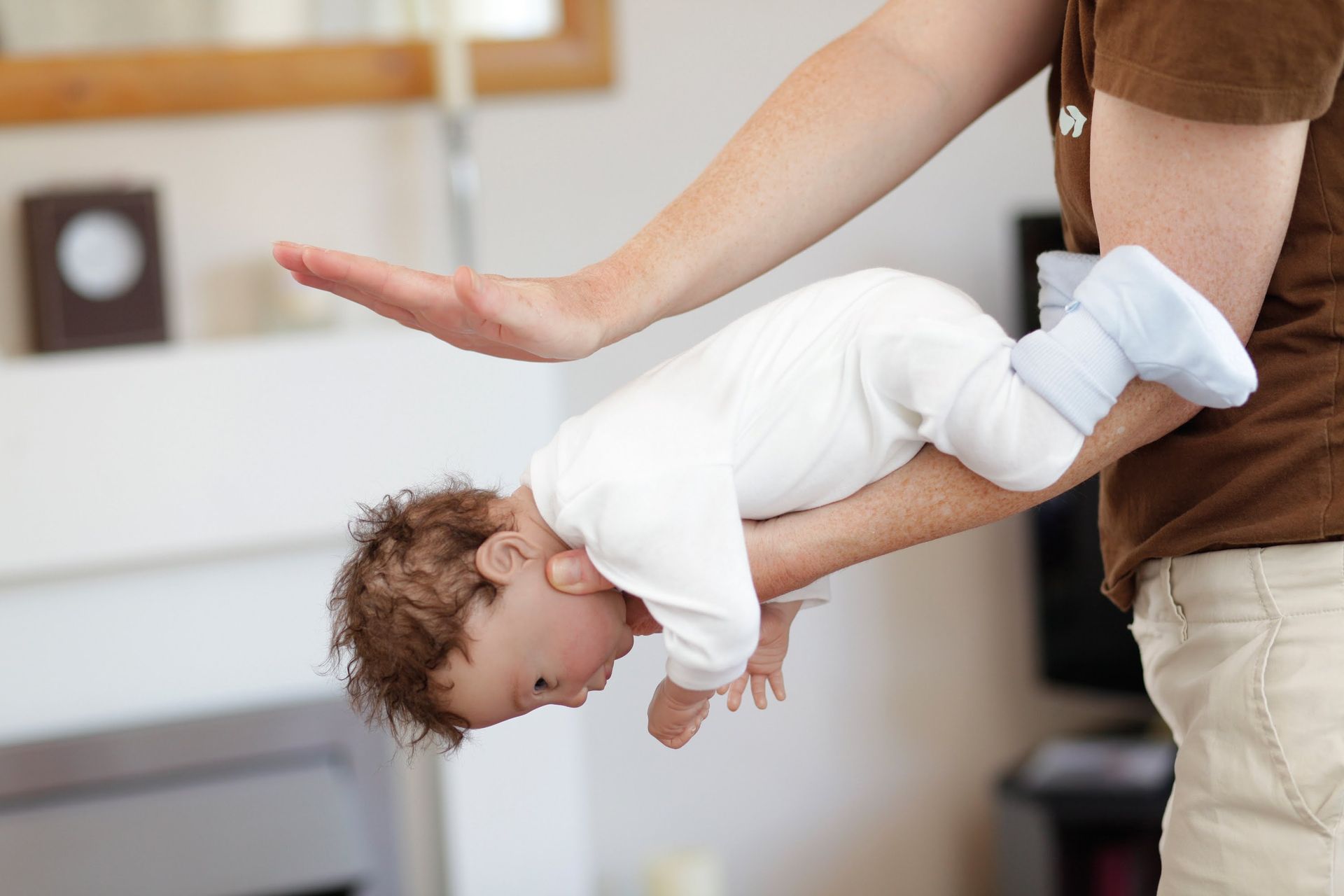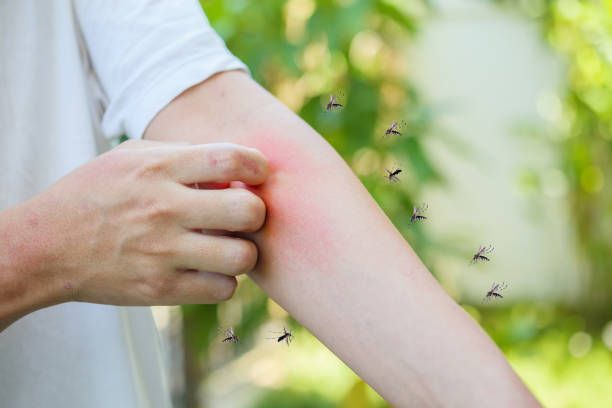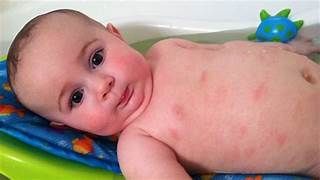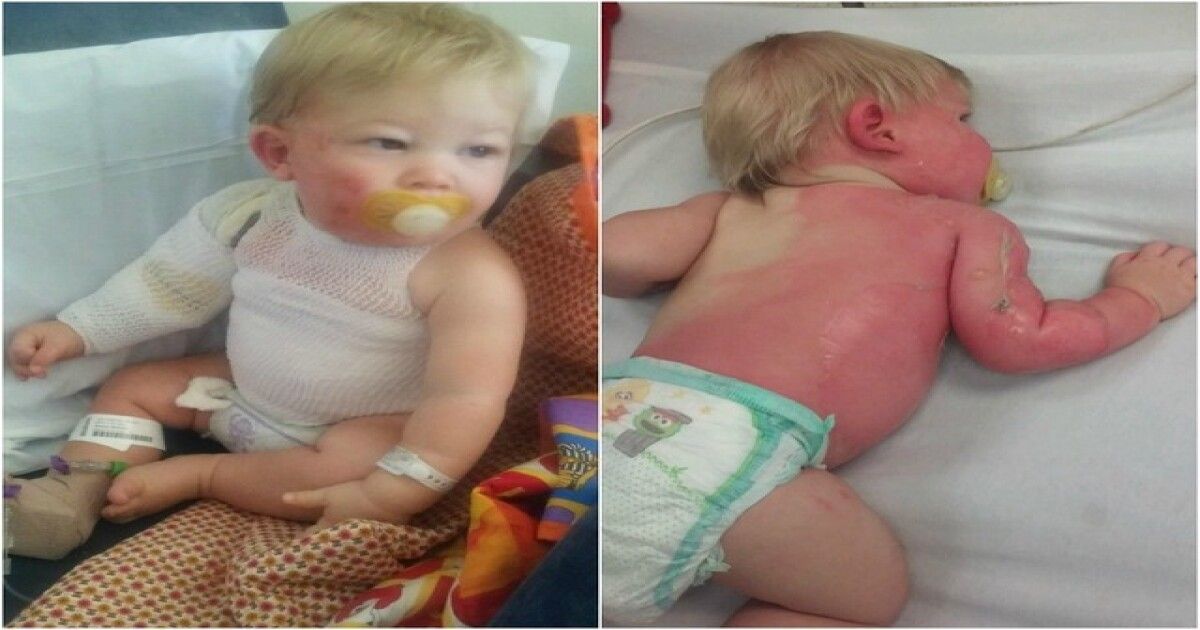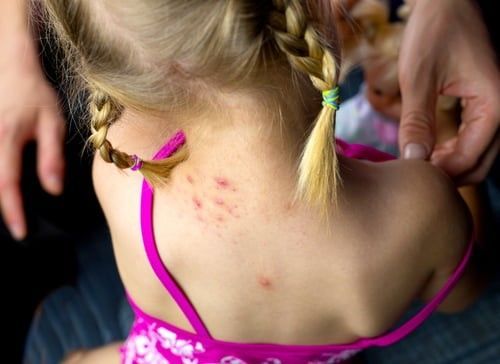Cuts, Splinters, and Scrapes: A Parent’s Guide to Cleaning, Bandaging, and Knowing When to Get Stitches

As soon as your baby starts crawling or walking, minor injuries become a fact of life. From scraped knees on the pavement to tiny splinters picked up indoors, knowing how to handle these everyday wounds quickly and effectively is key to a swift recovery (and fewer tears!).
Here is your essential guide to treating common minor injuries and the red flags that require professional help.
1. Cuts and Scrapes (Abrasions)
A scrape (or abrasion) involves the top layer of skin being rubbed off, usually resulting in minimal bleeding but a lot of dirt. A cut (or laceration) is deeper and can bleed more freely.
First Aid Steps:
- Stop the Bleeding: For cuts, apply firm, direct pressure to the wound with a clean cloth or gauze for a few minutes. Most minor cuts will stop bleeding quickly.
- Clean Thoroughly: This is the most crucial step. Rinse the area under cool running water. Use mild soap and a clean cloth to gently wash away dirt, grit, and debris. Do not use hydrogen peroxide or alcohol, as these can damage tissue and delay healing.
- Apply Ointment: Once the wound is clean, apply a thin layer of antibiotic ointment to keep the area moist and prevent infection.
- Cover: Use a sterile adhesive bandage (plaster) to keep the wound clean and protected, especially if it’s on a joint or an area that rubs against clothes. Leave shallow scrapes uncovered to air-dry, or cover them lightly if clothes might irritate them.
2. Managing Splinters
Splinters hurt more than they look, but removing them quickly prevents deep infection.
- Clean the Area: Wash the skin and the area around the splinter with soap and warm water.
- Removal Technique (If Visible): If a portion of the splinter is sticking out, use a pair of sterilized tweezers (wipe them with an alcohol swab first) to grasp the end and pull gently in the same direction the splinter entered the skin.
- Removal Technique (If Embedded): If the splinter is fully embedded, it's often best to wait and see a doctor or nurse, as digging for it can cause more trauma. Alternatively, you can sterilize a sewing needle and carefully lift the skin near the entry point to expose the tip for tweezing, but proceed with caution.
- Aftercare: Once the splinter is out, wash the area again and apply antiseptic ointment and a bandage.
3. When to Get Stitches (Laceration Red Flags)
Sometimes, a minor cut is actually a wound that needs professional closure to heal properly and prevent infection. Call your doctor or go to the Emergency Department if you see any of the following:
- Deep or Wide: The cut is deep enough to see the underlying fatty tissue, muscle, or bone, or the edges of the cut cannot be easily pushed together.
- Location: The cut is on the face, eyelids, or across a joint (like a knuckle or knee).
- Continuous Bleeding: The bleeding doesn't stop after applying direct pressure for 10 minutes.
- Contamination: The wound is full of debris (like gravel or glass) that you cannot clean out.
- Mechanism of Injury: The cut was caused by a dirty or rusty object, or an animal bite.
By staying calm and following these simple steps, you can confidently turn a crying moment into a healing one!
For more information: https://www.healthdirect.gov.au/wounds-cuts-and-grazes
Disclaimer: The health information provided is for informational purposes only and is not intended to be a substitute for professional medical advice, diagnosis, or treatment. Always seek the advice of a qualified healthcare provider with any questions you may have regarding a medical condition.
